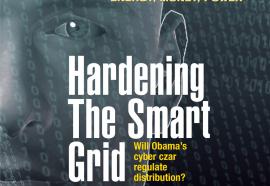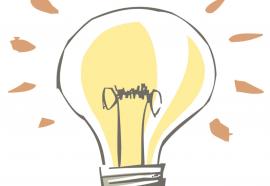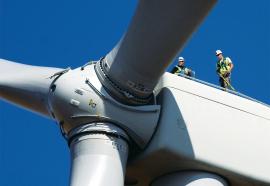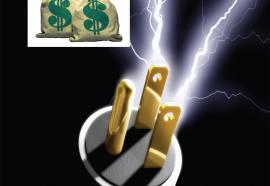Tech Transition
Utility projects advance the state of the art.
Given this dynamic state of evolution, it’s not surprising that next-generation technologies are undergoing their own difficult transitions. This transition is exemplified by four high-tech projects being executed by four electric utilities: Duke Energy, American Electric Power, Consolidated Edison and San Diego Gas & Electric. Their projects address different parts of the power-supply chain, and they’re taking different paths to secure financing and regulatory acceptance.










